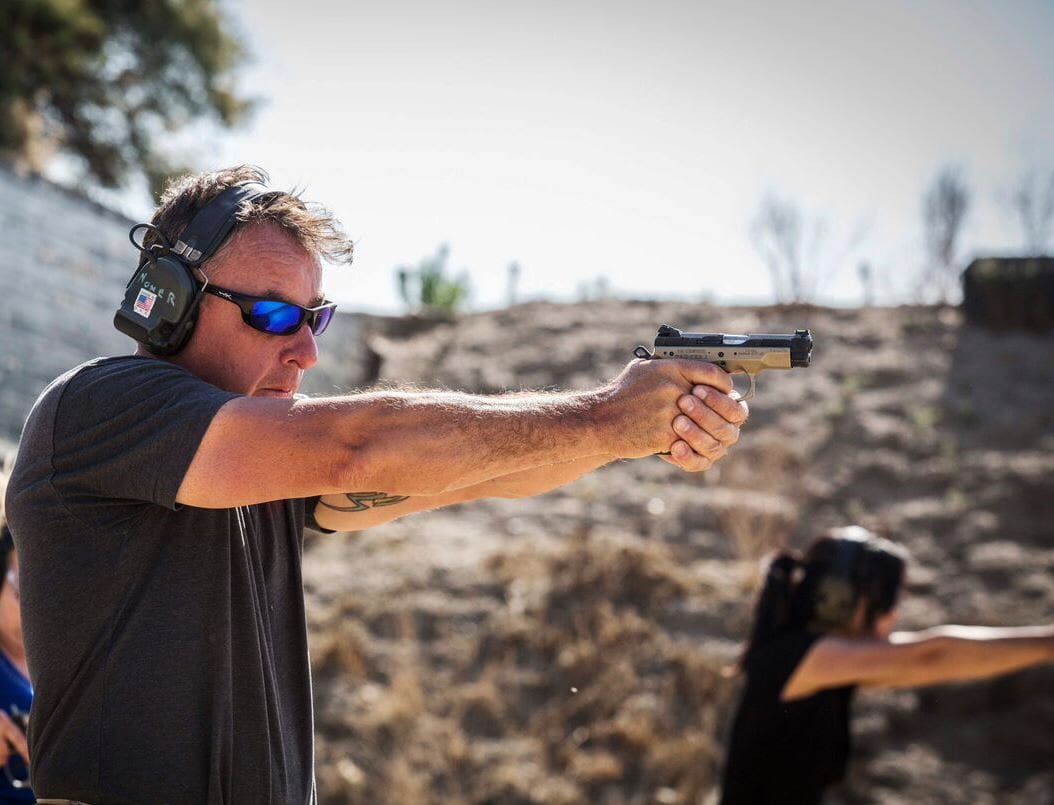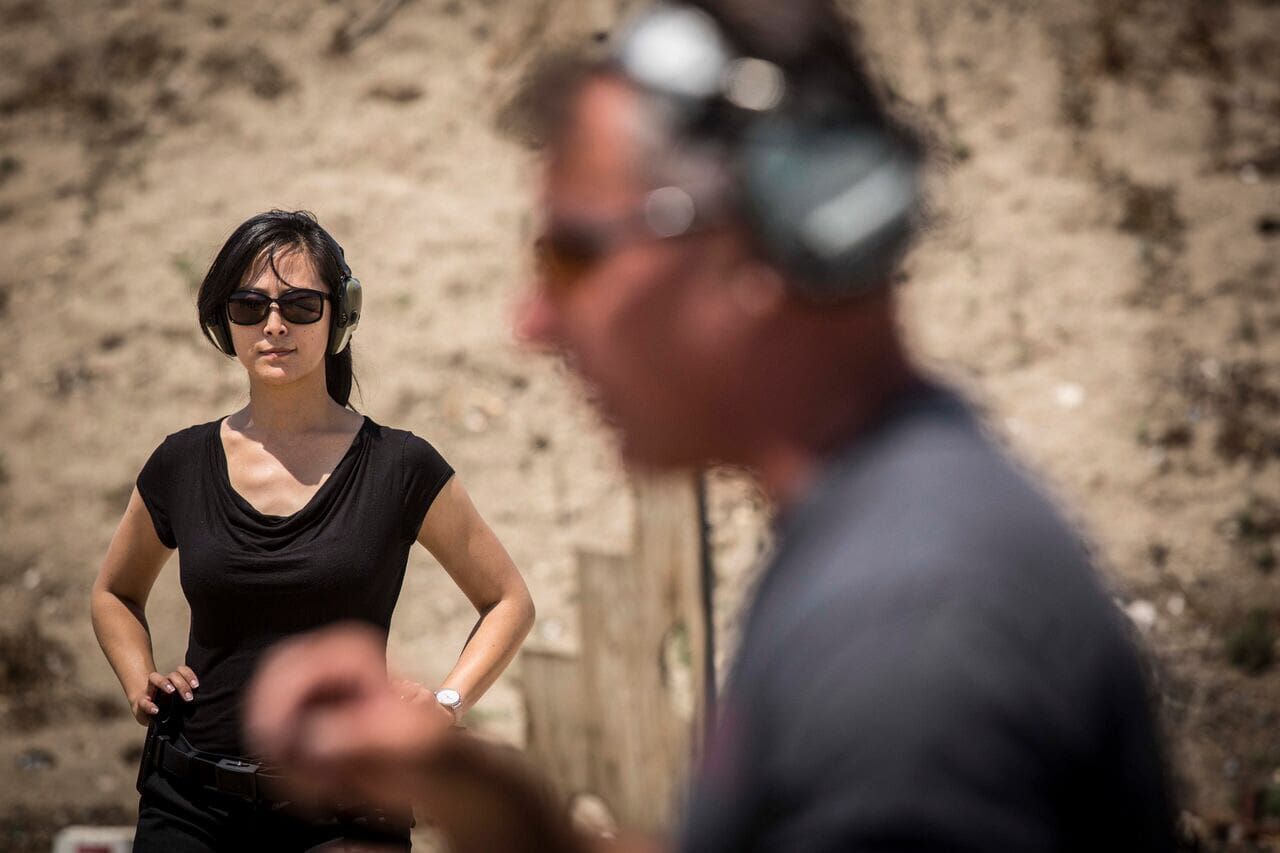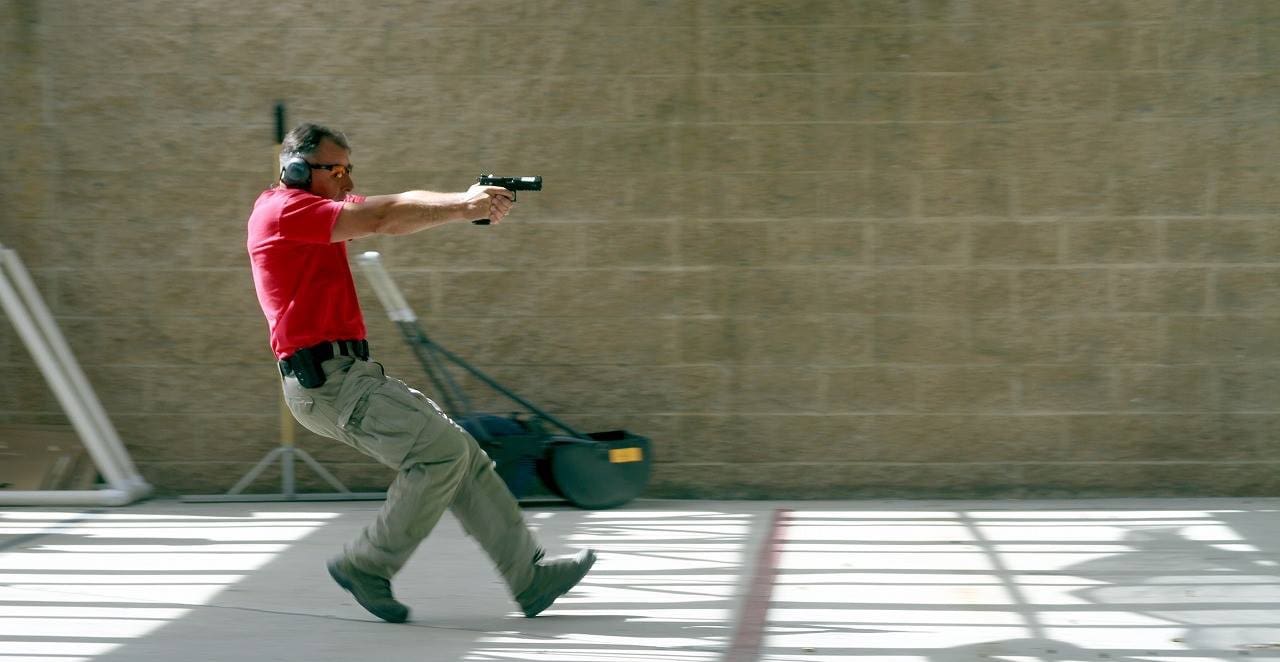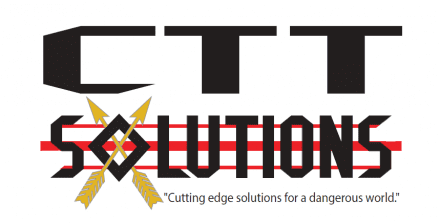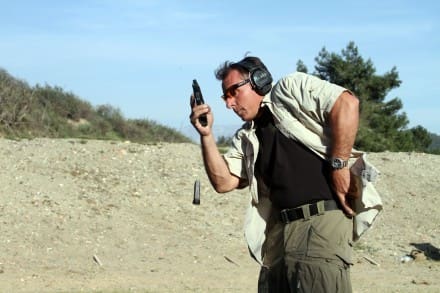When the topic of gunfighting, and fighting around vehicles in particular, comes up, there are a few guys I listen to. One of them is Mike Pannone of CTT Solutions. There’s a lot of bad info out. Here, Mike reminds us of the basics in order to counter some of it.
I think this needs to be readdressed with all the “vehicles is all about shooting through the glass and shooting from the front seat” crap. Vehicle fighting is about tactics and angles.
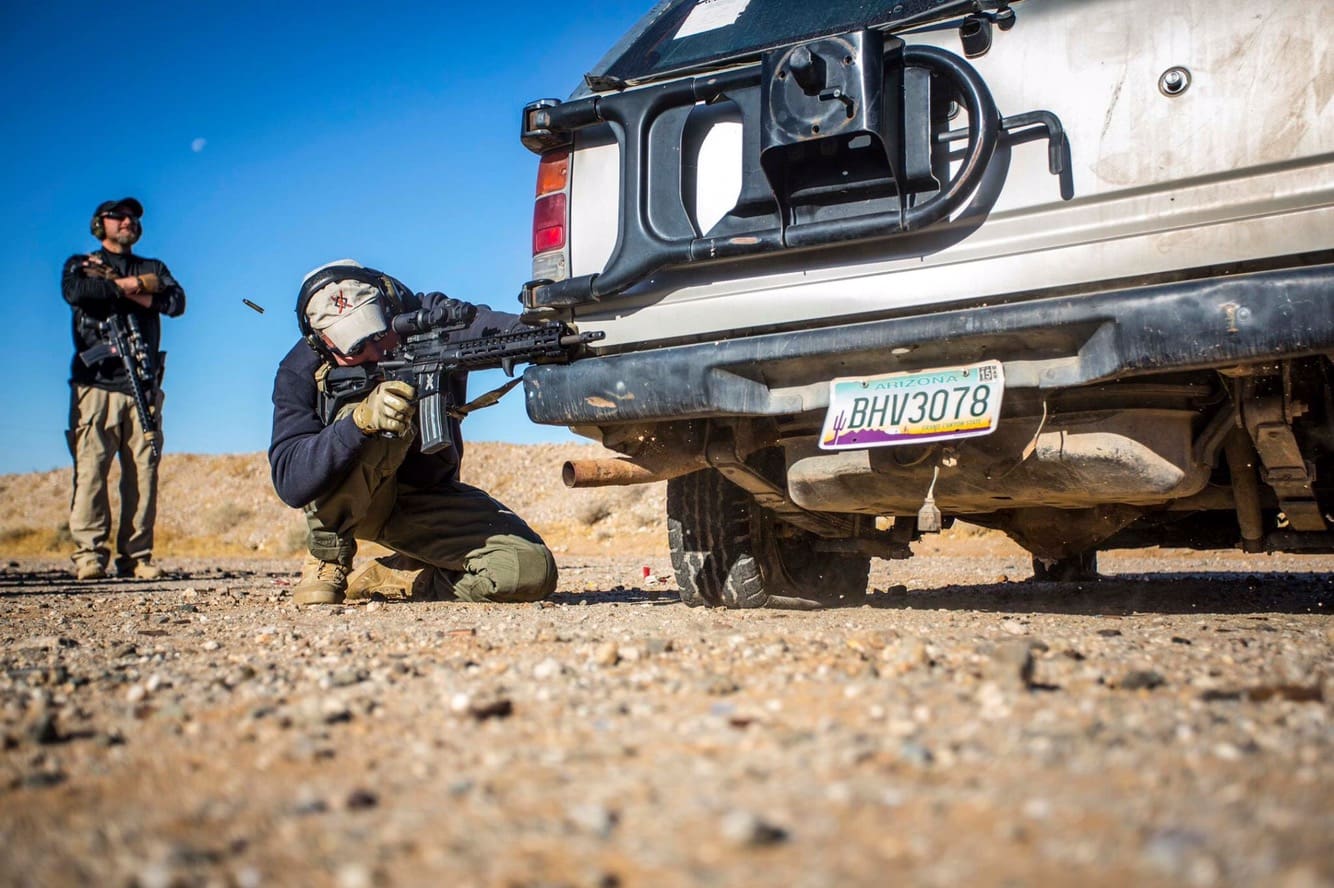
It is important to have common definitions of common terms or further debate is senseless. Below are the definitions for cover and concealment taken from FM 21-75 COMBAT SKILLS OF THE SOLDIER:
“COVER- Cover gives protection from bullets, fragments of exploding rounds, flame, nuclear effects, and biological and chemical agents.
CONCEALMENT-Concealment is anything that hides you from enemy observation. Concealment does not protect you from enemy fire”
Below are generally accepted definitions-
Obstacle- any item or thing that blocks one’s way or prevents or hinders progress
Terrain- the physical features of a tract of land
Vehicle- A device or structure for transporting persons or things; a conveyance
***From a tactical perspective this is only true when it is moving. If static, a vehicle is an Obstacle and can be either Cover or Concealment. ***
From RTC 350-1XX (Ranger Regimental Training Circular) at the unclassified level.
Close Quarters Battle (CQB)- As per 75th Ranger Regiment “Close Quarter Battle is a planned or well-rehearsed surgical small unit tactic, technique and procedure which encompasses the 4 principles of surprise, speed, violence of action and a fail-safe breech on a built up or enclosed structure.” This is separate and different from a vehicle ambush where the vehicle once stopped is dealt with tactically no differently than other terrain.
The concept of a vehicle as some special item is often misplaced. From a tactical perspective it is only a vehicle when it is moving. When static it is part of the terrain and may offer cover, concealment or just function as an obstacle. Overwhelmingly in engagements around vehicles the best option is to move from it. A non-armored vehicle affords different and inconsistent levels of ballistic protection based on the angles of engagement and the weapons system being employed against them. Since a vehicle sits off the ground, aside from upward or downward sloping terrain, high curbs or other manmade features on the threat side, they do not protect the feet and lower legs. Injuries to the lower extremities will cause what the military calls a “mobility kill”. Once mobility is lost the likelihood of success is slim without outside intervention. The experienced combatant i.e. military member, LEO or trained citizen for that matter must understand that a vehicle, except in the narrowest of circumstances does not afford cover as defined. There is no such thing as “pretty good cover” or “partial cover” there is “cover” or what I will call enhanced concealment which means you can hide behind it but it may or may not stop incoming fire reliably. If it cannot definitively stop bullets, then by definition it is not cover… that’s just a fact. With that established, anything between you and the threat is better than nothing, so I am not saying a vehicle can’t protect you in some ways. What I am saying is that a vehicle should not be viewed overwhelmingly as cover nor as some special item in the scope of tactical considerations. Another topic I hear talk about is the idea that glass can be cover in some instances. If we teach people to shoot out through glass at threats, then I think that neuters the argument right there. The concept of pillars being points of cover is patently false as well since one cannot claim that pillars though they may afford a level of enhanced ballistic protection will keep you from being shot. They are too narrow and are surrounded by either glass or open air if the windows are down or have been shot out. If you can’t hide your entire body behind it, then it’s not cover. Outside of luck and bad threat marksmanship, hiding behind a 3”-9” wide pillar for any length of time will likely leave you injured or dead in a combative engagement. For those that shoot pillars and say “see, it stopped x or y round” here is my 2 cents; bullets generally don’t come at you in ones and twos but by the magazine. There is not enough area covered by a pillar to make it worth loitering behind as though it is genuinely safer.
From the tactical perspective there are 6 principles I adhere to in open air engagements around vehicles. These should be common sense:
A vehicle is terrain unless it is moving, then it’s a vehicle again.
Fighting around vehicles is outdoor fighting and uses standard basic infantry tactical principles. THIS IS TRUE NO MATTER WHO SIGNS YOUR PAYCHECK, WHAT UNIFORM YOU WEAR OR WHERE YOU ARE i.e. RAMMADI IRAQ OR RICHMOND VIRGINIA. This is too often conflated with Close Quarters Battle (CQB) which is a more refined form of fighting “on a built up or enclosed structure”. It requires much more training, specialized equipment and detailed rehearsals when possible.
Anything is better than nothing but very little on a soft vehicle is cover.
Use every bit of ballistic protection that the vehicle may offer but don’t assume it is cover.
Keep the biggest chunk of metal you can between you and the threat as long as you can and be looking for the next best piece of terrain. As the threat moves you move keeping the vehicle as close to directly between you as makes tactical sense.
Move as soon as you can, move before you get pinned in a spot from which you can’t move.
That’s why the second of the first three steps of the SOF targeting methodology F3EAD is (Find) Fix and is followed by Finish. If you fix someone in place, then the finishing part is only a matter of time. If you were attacked in a certain spot more than likely it’s for the distinct advantage of the attacker. By moving and changing the angles you are disrupting the plan and can regain the initiative. If it is chance contact and you are losing the initiative, again the best course of action is to change the angles on the threat to regain it.
Don’t fight from the ground unless it is the last option you have. It is too easy to lose track of an adversary and across the hood or around a car it’s really just “who gets seen first gets shot first”. If an adversary rushes the vehicle you will not be able to counter his actions in a timely manner while trying to get up. Know how to do it but understand that fighting from the ground is a last resort.
A vehicle that is not in motion is terrain and should be treated as an obstacle with enhanced concealment that provides an unpredictable level of ballistic protection. The best course of action is to immediately return the best suppressive fire you can to blunt the attack and then move as soon as is tactically prudent to regroup and counter-attack or withdraw. Changing the angles changes their plan and changes the fight.
– Mike Pannone


